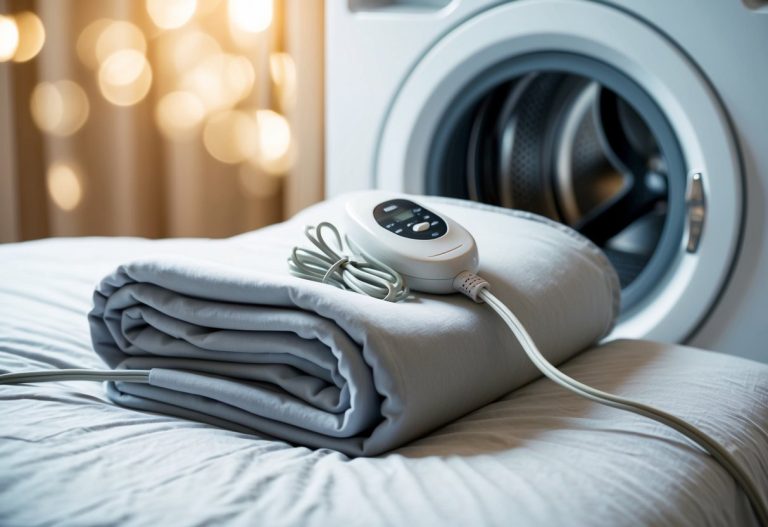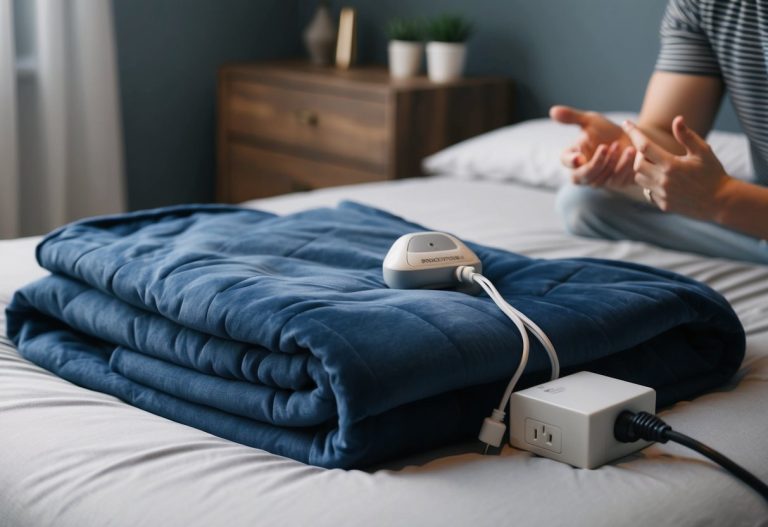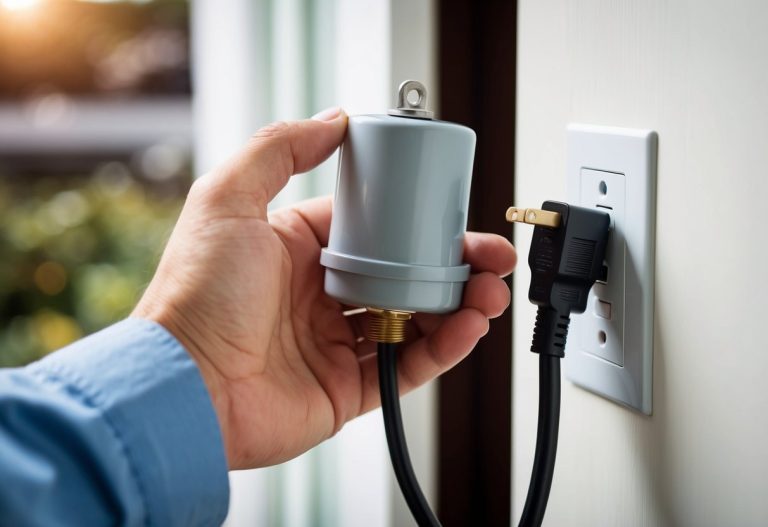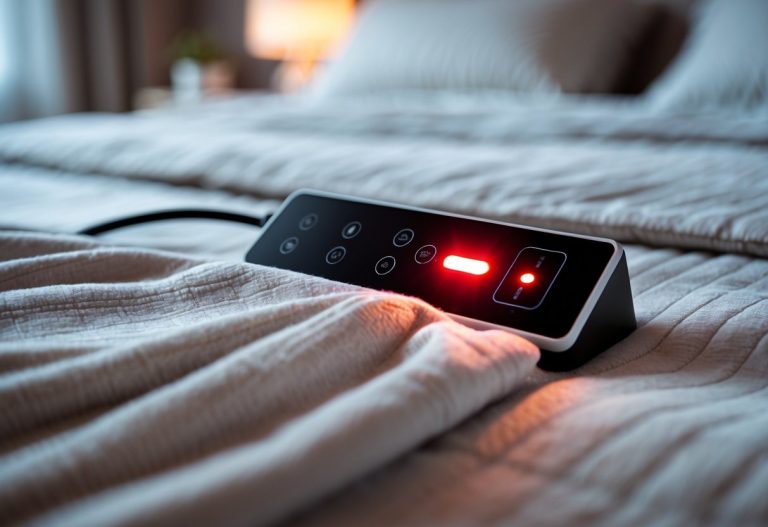If your Kenmore Elite dryer won’t start, it can be frustrating and slow down your chores. The most common reasons are a faulty door switch, a blown thermal fuse, or an electrical issue like a power problem or broken belt. These parts can stop your dryer from running even when you press the start button.
You might also hear clicking sounds without the drum moving or heat coming on. Checking simple problems like a clogged vent or power supply can sometimes fix the issue without needing a repair. Knowing what to look for can save you time and money before calling a technician.
Common Causes For A Kenmore Elite Dryer Not Starting

When your Kenmore Elite dryer won’t start, the problem often comes down to a few key issues. These include electrical parts not working correctly or safety features that have tripped. Understanding these problems can help you figure out what to check first.
Door Switch Malfunction
The door switch tells the dryer when the door is closed so it can start safely. If this switch breaks or stops working, your dryer won’t start at all. You can test the door switch with a multimeter to see if it has continuity when pressed.
If the switch is faulty, replacing it is usually simple and inexpensive. Also, make sure the door closes fully and the latch is not broken. Sometimes the problem is just that the door isn’t properly shut.
Blown Thermal Fuse
Your dryer has a thermal fuse that acts like a safety cutoff if it overheats. When this fuse blows, the dryer will not start to prevent damage or fire risk.
You can find the thermal fuse on or near the blower housing. Use a multimeter to test it for continuity. If the fuse is blown, it needs to be replaced, but remember to check for any vent blockages first since overheating can cause the fuse to blow.
Faulty Start Switch
The start switch sends power to the motor and other parts when you press the start button. If this switch is bad, your dryer won’t respond.
You can check the start switch by testing it with a multimeter for continuity. If it doesn’t show continuity when pressed, it’s defective and must be replaced. The start switch replacement is usually straightforward.
Tripped Circuit Breaker
Your dryer needs 220 volts to work properly. If the circuit breaker for that dryer outlet trips, the dryer won’t start.
Check your home’s breaker box and look for any tripped breakers. Flip the breaker off and then on again to reset it. If it trips again immediately, there may be a wiring problem or a faulty dryer component needing a professional inspection.
Step-By-Step Troubleshooting And Fixes
Start by making sure your dryer is getting power and the control panel is working right. Then, check parts inside like the motor that helps the drum spin. These steps will help you find the problem step by step.
Checking Power Supply
First, check if your dryer is plugged in securely. Sometimes the plug can come loose without you noticing.
Look at the circuit breaker or fuse box. If a breaker tripped or fuse blew, reset or replace it. Your dryer will not start without power.
Also, test the outlet with another device, like a lamp, to see if it’s working. If there is no power, you might need an electrician.
Make sure the power cord isn’t damaged. A broken cord can stop electricity from reaching the dryer.
Inspecting Control Panel
Next, look at the control panel buttons and display. If buttons don’t respond or the screen is blank, it might mean the panel or timer is faulty.
Press the start button firmly and listen for any sounds. If you hear nothing, the start switch could be bad.
Check the door switch too. The dryer won’t start if the door switch doesn’t tell the machine the door is closed.
You can test the door switch with a multimeter to see if it has continuity. Replace it if needed.
Testing Drive Motor
The drive motor makes the drum turn. If it’s not running, the dryer won’t start.
Listen for a humming or any motor noise when trying to start. If you hear nothing, the motor might be stuck or broken.
The belt also affects the motor. If the belt is broken or slipped off, it can stop the motor from running.
Check the belt for wear and tension. Replace the belt if it looks damaged or loose.
Make sure the motor’s thermal fuse is not blown. This safety part stops the motor if it overheats. Replace it if needed.






